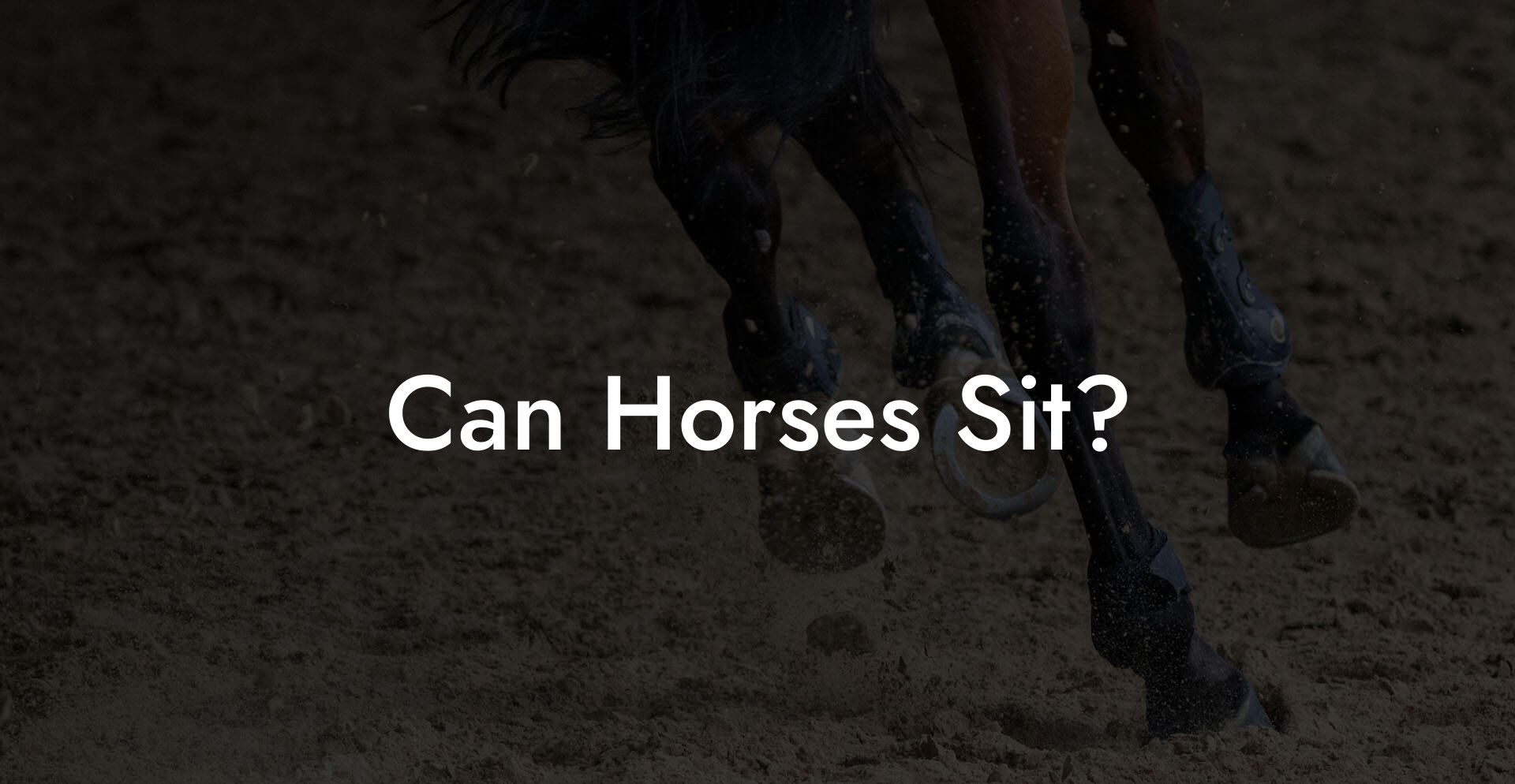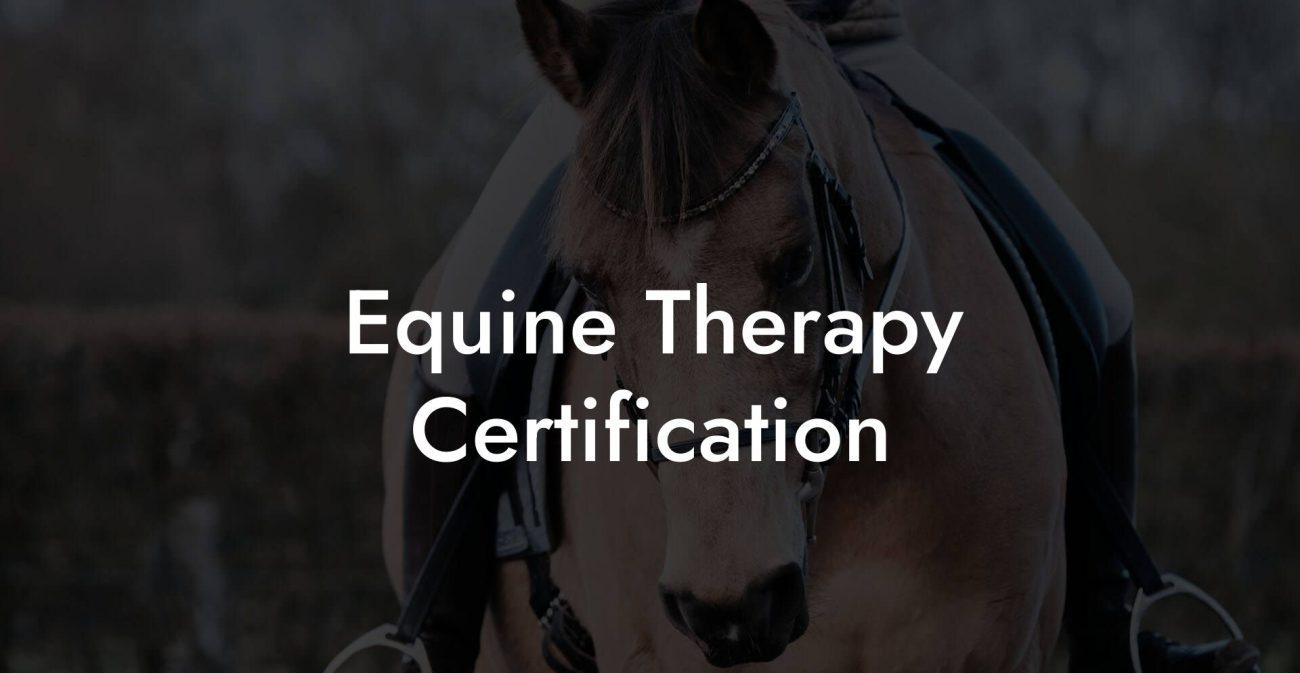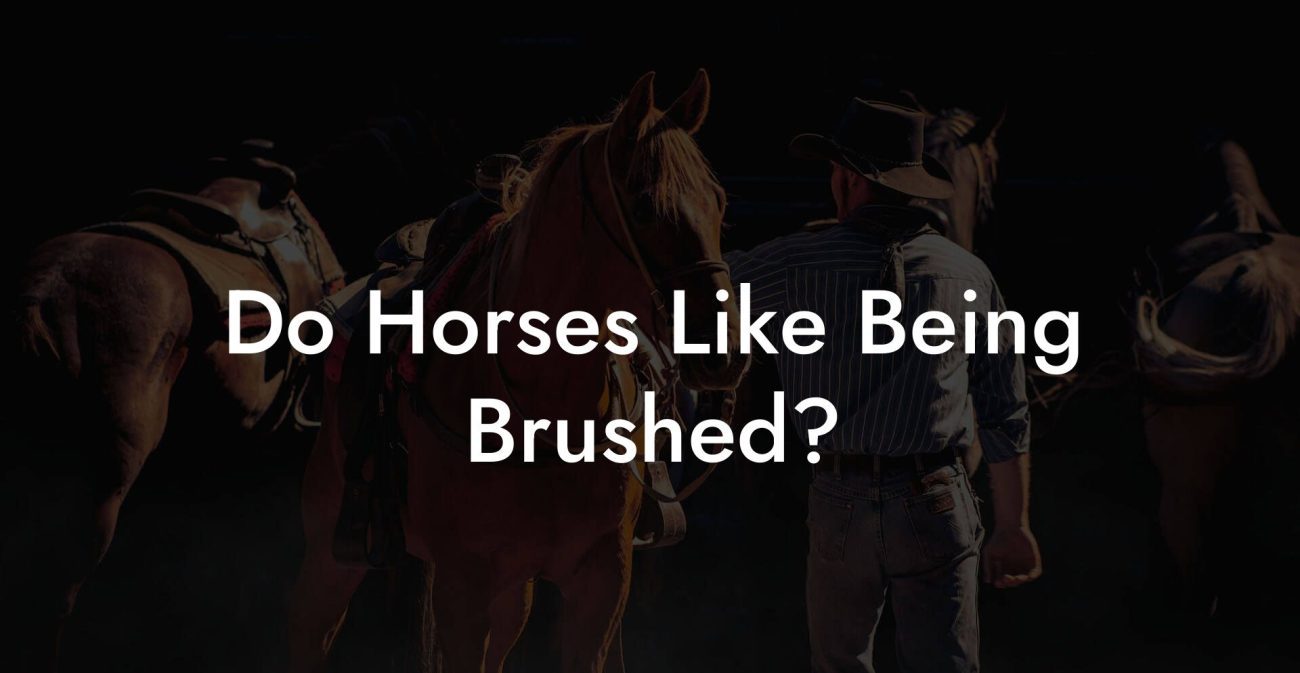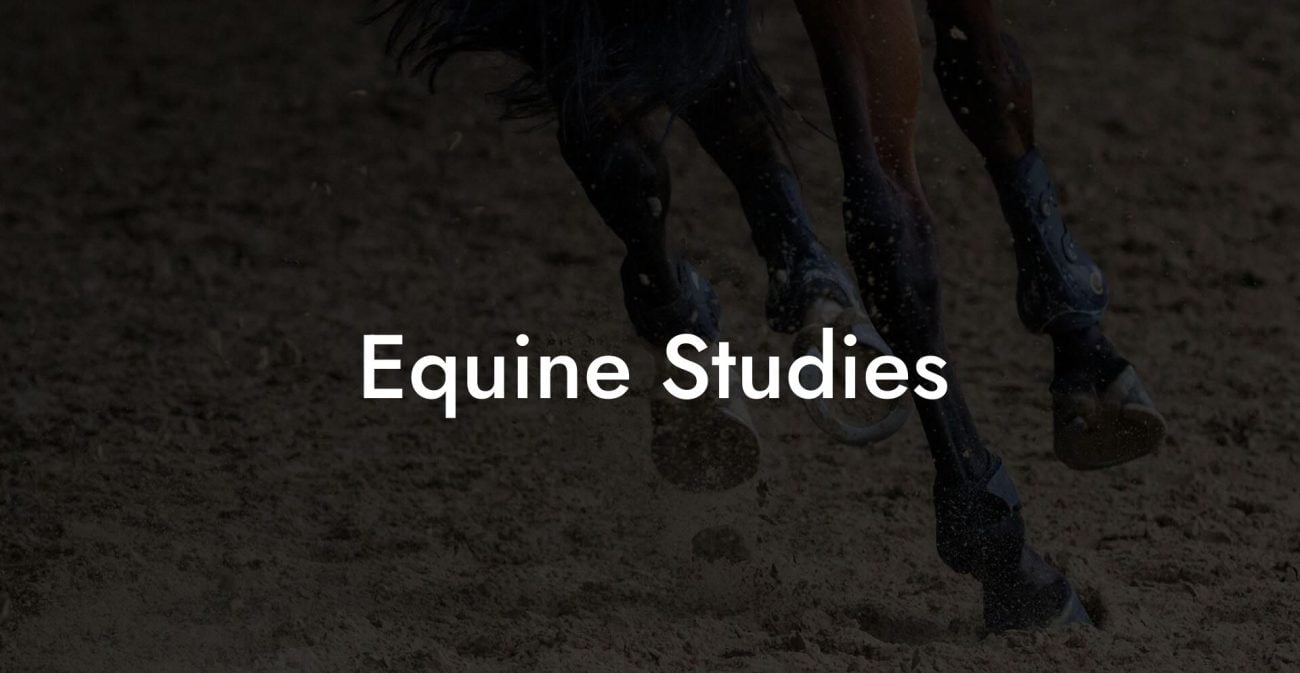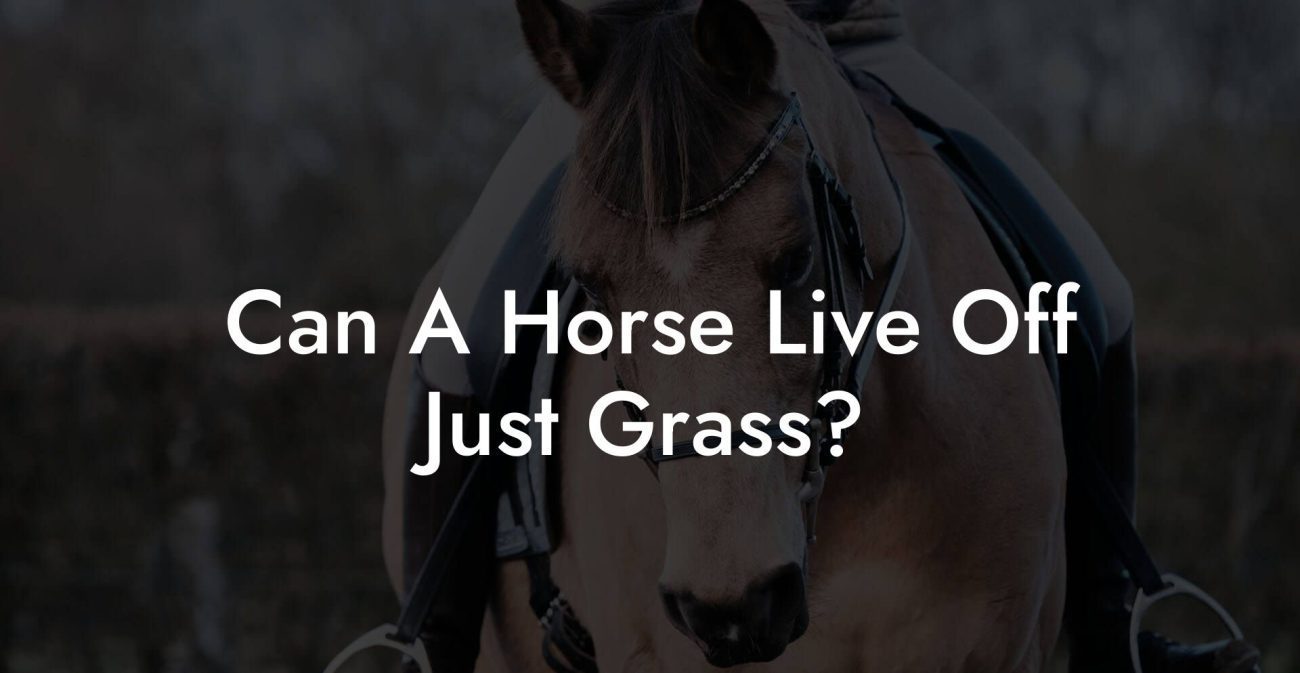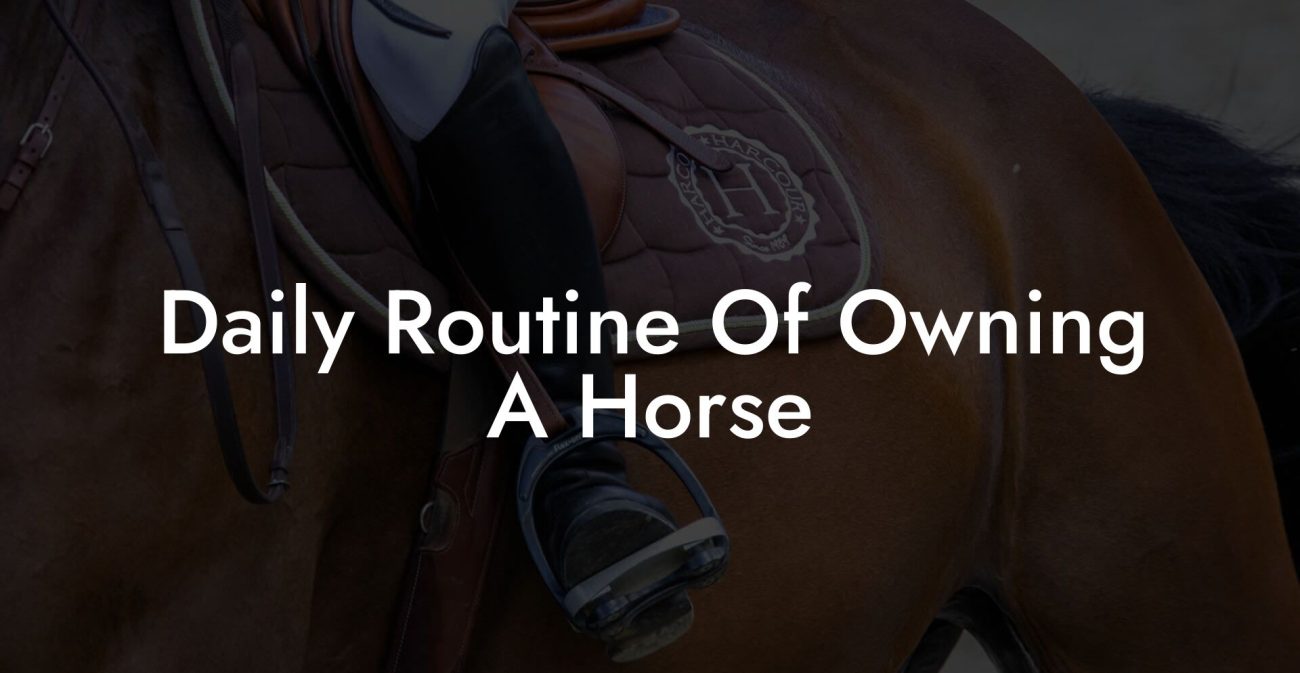Ever wondered if a horse can just plop down on its haunches like your chill friend on a bean bag chair? While it might sound like a quirky party trick, the reality is that horses have a unique way of resting, and it involves a whole lot more than simply “sitting.” In this deep dive into equine anatomy and behavior, we’re busting myths, exploring the intricacies of horse care, and delivering the lowdown on what horses do when they need some R&R. Get ready for an entertaining yet informative journey that blends humor with hard-hitting facts, all served up in a style that resonates with Gen-Z and millennial horse enthusiasts.
Quick Links to Useful Sections
- Anatomy 101: Why Horses Don’t Sit Like Humans
- Horse Behavior & Resting Habits: More Than Just Standing Around
- Equine Posture: Decoding the “Sit” Myth
- The Science Behind Equine Equilibrium
- Equine Myths and Misconceptions: Separating Fact from Fiction
- Equine Comfort: How Horses Rest Without Sitting
- The Impact on Horse Health: Why Forcing a “Sit” Could Hurt
- Practical Horse Care Tips: Embracing Their Unique Way of Resting
- 1. Provide Ample Space
- 2. Invest in Quality Bedding
- 3. Monitor Saddle Fit
- 4. Encourage Natural Movement
- 5. Regular Health Assessments
- Riding Dynamics: How a Rider’s Posture Affects Equine Comfort
- Historical Perspectives: How Horses Have Rested Through Time
- How Technology Is Enhancing Equine Care Today
- Resources and Community Support: Your Next Steps for Equine Wellness
- Myth-Busting: Can Horses Sit? The Ultimate FAQ
- The Future of Equine Wellness: Embracing Innovation While Honoring Tradition
- Your Journey to Mastering Equine Care and Wellness
Anatomy 101: Why Horses Don’t Sit Like Humans
Let’s kick things off by diving headfirst into the unique anatomy of our equine friends. Unlike humans whose bodies are built for that trusty “sitting” position, horses have been designed by nature with a completely different blueprint. Their long legs, specialized joints, and robust musculoskeletal structure aren’t exactly optimized for dropping their hindquarters to the ground for a Netflix binge.
Horses are prey animals. Evolution has favored body structures that allow for rapid escape from predators. That means lean, muscular legs for running and a body that’s built to stand, and, yes, to sleep, while staying alert. Their physiology shouts “never lie down!” when it comes to staying on the move. So, while you might roll over on the couch after a long day, horses choose to stand for most of their downtime.
In fact, many horse owners will tell you that a horse “sitting” in the traditional human sense would be as awkward as wearing a snowsuit in summer. Instead, horses rest by lying down for short periods or shifting their weight slightly while standing, thanks to a sophisticated system of tendons and ligaments that act as built-in supports and shock absorbers.
Horse Behavior & Resting Habits: More Than Just Standing Around
When it comes to downtime, horses have an impressive repertoire of relaxation techniques. Sure, they don’t sit down like your office buddy, but they do have ways to catch some quality Z’s. One of the most fascinating aspects of equine behavior is their ability to sleep while standing up.
How do they do it? Thanks to a “stay apparatus”, a complex network of tendons and ligaments, horses can lock their legs in place, enabling them to rest without collapsing. This ingenious mechanism lets them doze lightly while remaining ever vigilant for danger. The next time you notice your four-legged friend nodding off mid-stand, remember: it’s not laziness, it’s evolution.
On the rare occasions when horses do lie down, it’s usually for deep sleep, a state that lasts only a few minutes at a time. Unlike humans, who can enjoy hours of uninterrupted sleep in a cozy chair or sofa, horses only manage just a few minutes of recumbent sleep, and often in a safe, quiet environment away from prying eyes.
This behavior underscores the importance of providing a safe, stress-free environment for your horse. With the right care and a little understanding of how they truly “sit” (or don’t), you can ensure your equine companion is as relaxed and healthy as possible.
Equine Posture: Decoding the “Sit” Myth
The common question twisting around social media memes and casual conversations is, “Can horses sit?” The short answer: not really. While a brief moment of weight-shifting might give an illusion of sitting, horses simply do not have the flexibility or skeletal alignment to sit in the way humans do.
If you’ve ever seen a horse in a moment of repose, you might notice subtle shifts in stance that could be misconstrued as an attempt to sit down. However, these adjustments are more about comfort and balance rather than adopting a full-on seated position. It’s all part of their unique way of conserving energy while keeping alert.
From a physiological perspective, trying to force a horse into a sitting position can lead to discomfort or even injury. The natural curvature of a horse’s spine, combined with its weight distribution, means that sitting isn’t just impractical, it’s potentially harmful. Horse riders and caretakers are highly aware of these nuances, which is why equine care involves specialized training on how to handle horses without compromising their health.
The Science Behind Equine Equilibrium
To truly appreciate why horses can’t sit the way we do, it helps to take a closer look at the science of equine equilibrium. Unlike humans, who have a relatively stable base for sitting with well-developed gluteal muscles and pelvic bones that support a seated posture, horses are built for speed, stamina, and swift escape.
Their center of gravity is positioned in such a way that standing is the most energy-efficient and safe option. The equine skeletal system, including its elongated legs, powerful thigh muscles, and a fairly rigid spine, makes any attempt at a sitting posture highly unstable. Instead, nature designed them to operate best on all fours, with the capability to shift weight effortlessly.
This design isn’t just about preventing accidental tumbles in the wild; it’s also about ensuring that horses can be effective athletes. Whether galloping across an open plain or navigating a busy stable, their bodies are optimized for movement rather than leisurely lounging in a chair.
So next time someone jokes about a horse pulling up a chair at a café, you’ll know that it’s all about the marvels of evolution working overtime in the name of survival.
Equine Myths and Misconceptions: Separating Fact from Fiction
In the age of viral memes and quirky trivia, the notion of a horse sitting down has evolved into a captivating, but misleading, urban legend. Let’s set the record straight. Horses, with their rigid anatomical structure, simply don’t have the ability to lower their hindquarters like you or I might do on a comfy couch.
One common misconception is that horses might “sit” if they’re tired or stressed. While it’s true that stress can affect a horse’s posture and behavior, it doesn’t lead to a full seated position. Instead, you might notice signs of discomfort such as reluctance to move, changes in gait, or even restlessness during feeding times.
Another myth circulating online is that younger, more “laid-back” horses might adopt a sitting pose as a sign of relaxation. However, veterinarians and horse behavior experts agree that horses have not evolved to sit for prolonged periods. Instead, they channel their relaxation into subtle postural adjustments rather than a full drop to the ground.
The best takeaway? When discussing horse behavior and care, it’s crucial to rely on scientific fact rather than viral fun facts. Horses are remarkable creatures with finely tuned bodies designed for a specific lifestyle, and sitting in the way we think of it just isn’t in their playbook.
Equine Comfort: How Horses Rest Without Sitting
Although they can’t sit, horses have developed myriad ways to rest and relax. Understanding these natural behaviors is fundamental to proper horse care, especially if you’re a Gen-Z or millennial owner who values both animal welfare and cool, informed conversation starters.
For instance, horses often use a behavior known as “suspension of weight” where they momentarily shift their body weight onto three legs while allowing the fourth to relax just a bit. This isn’t sitting, it’s more of a subtle adjustment meant to relieve pressure on a particular limb or simply to get comfortable.
When it comes to complete relaxation, horses lie down for short bursts to achieve REM sleep. In a well-managed environment where safety is guaranteed, a horse might lie down on soft bedding or grassy ground for a quick nap. These brief recumbent periods are crucial for muscle recovery and mental rejuvenation.
All of these behaviors underscore one thing: a horse’s unique way of resting is a testament to its evolutionary success. By balancing natural instincts with the limitations of its anatomy, a horse manages both to rest and remain ever-ready for action.
The Impact on Horse Health: Why Forcing a “Sit” Could Hurt
Believe it or not, trying to encourage a horse to mimic a sitting posture could have adverse health consequences. Horse trainers, veterinarians, and equine therapists are well aware that any attempt to force a positioning that isn’t natural can lead to joint stress, muscle injuries, and even long-term mobility issues.
A poorly fitted saddle or an unbalanced riding technique might inadvertently mimic the mechanics of sitting in a way that puts undue pressure on the horse’s spine and hindquarters. That’s why proper saddle care and regular check-ups are so essential: it’s not just about comfort, it’s about preserving the animal’s natural posture.
Equine health experts recommend that riders and caretakers emphasize body awareness and ergonomics. This means using equipment designed by professionals who understand the biomechanics of a horse’s build. Adjustments in riding style and posture are equally critical. A slight misalignment in how the weight is distributed between rider and horse can risk not only the animal’s comfort but also its long-term health.
The bottom line? When it comes to our majestic friends, forcing a human habit like sitting is a no-go. They thrive on movement, proper weight distribution, and a harmonious relationship with their environment. Respecting these natural tendencies is an integral part of responsible horse care.
Practical Horse Care Tips: Embracing Their Unique Way of Resting
For horse owners, understanding that horses don’t, and can’t, sit like humans is the first step to optimizing their care. Let’s break down some easy-to-follow tips that cater to the natural behaviors and needs of your equine pal.
1. Provide Ample Space
Since horses are designed to move and stand for long stretches, make sure they have plenty of room in their stall or pasture. Tight spaces not only stress them out but can also limit their ability to shift weight comfortably. A spacious environment allows for natural postural adjustments and reduces the risk of injury.
2. Invest in Quality Bedding
When it’s time to lie down for that vital brief period of deep relaxation, soft and clean bedding is essential. This not only ensures comfort but also reduces the risk of sores or injuries from rough surfaces. Whether it’s deep straw or a specialized synthetic bed, comfortable bedding is a must.
3. Monitor Saddle Fit
A well-fitted saddle is crucial for both the rider’s and the horse’s comfort. Poorly adjusted equipment can force a horse into awkward positions that mimic a “sitting” pressure, leading to spinal stress and muscle fatigue. Regular consultations with an equine saddle expert can help keep your gear in top shape.
4. Encourage Natural Movement
Incorporate routine exercises that mimic natural behaviors: ample grazing, trotting, and even playful moments in a secure pasture. These activities not only contribute to physical fitness but also promote mental well-being. Remember, don’t underestimate the power of a well-timed canter or a brisk walk in the fresh air.
5. Regular Health Assessments
Routine check-ups with your equine veterinarian ensure that your horse’s musculoskeletal structure remains aligned and healthy. These assessments can help detect early signs of discomfort or strain that could arise from improper posture or equipment issues. Staying ahead with regular health screenings is key to preventing long-term problems.
By integrating these care strategies into your routine, you not only honor your horse’s natural way of resting but also contribute to its overall health and happiness. After all, understanding and respecting your horse’s anatomy is the cornerstone of ethical and effective equine care.
Riding Dynamics: How a Rider’s Posture Affects Equine Comfort
It’s not just about the horse, it’s also about the rider. The way you sit, balance, and interact with your horse during rides plays a huge role in the animal’s comfort. If you inadvertently force your horse into awkward positions through improper riding techniques, you could be putting extra pressure on joints and muscles that aren’t designed to handle it.
Modern riding training emphasizes the importance of being “one with the horse.” This means that your posture should be fluid, relaxed, and in sync with the animal’s natural movement rhythms. A balanced rider doesn’t disrupt the horse’s natural stance, instead, they complement it, helping the animal move with grace and efficiency. Innovative techniques and ergonomic riding gear are now readily available, making it easier than ever to ride in a way that benefits both you and your horse.
For example, training sessions that focus on core stability and body awareness for riders have shown remarkable benefits in reducing the strain on both the horse and the human. When the rider maintains proper alignment and avoids leaning excessively to one side, the horse experiences less pressure on its back and hindquarters. In turn, this helps prevent issues like muscle soreness, stiffness, or even long-term injuries.
So, whether you’re a competitive rider or a weekend trail enthusiast, remember that your posture can make a huge difference. Embrace riding techniques that champion a harmonious connection with your horse, because when the two of you move as one, it’s a win-win for both parties.
Historical Perspectives: How Horses Have Rested Through Time
As odd as it might seem to consider, the question “Can horses sit?” has intrigued humans for centuries. Historical records and art from various cultures shed light on the natural behaviors of horses, reaffirming that their design has remained steadfast over millennia. Ancient civilizations admired and revered horses for their power, endurance, and grace, and they were well aware that horses rested in ways that were unique and entirely distinct from the human experience.
In many traditional societies, horses were not only working animals but also symbols of status and spiritual significance. Their ability to stand vigil, even when they slept, was considered a sign of their eternal readiness and loyalty. This reverence for the natural way a horse rested is evident in classical paintings, literature, and even in folklore. Myths and legends abound with tales of horses that never truly “rested” in the human sense, always remaining poised and alert.
These historical observations reinforce what modern science confirms: horses are programmed to function best on their feet. Their evolutionary design is a marvel of adaptation, honed over countless generations to support survival. By studying these time-honored perspectives, we gain not only a deeper respect for our equine companions but also practical insights into their care.
So, the next time you stumble upon an old painting featuring a proud steed standing tall, remember that it’s not a lapse in restfulness, it’s a tribute to an anatomical marvel perfected by evolution.
How Technology Is Enhancing Equine Care Today
In our modern era, technology has revolutionized nearly every field of life, including equine care. Gone are the days when understanding a horse’s natural resting behavior depended solely on anecdotal evidence and traditional practices. Today, cutting-edge tools and devices help assess and enhance equine comfort in ways that were unimaginable just a few decades ago.
For instance, wearable devices and motion sensors can monitor a horse’s posture, movement, and even sleep patterns with remarkable precision. These tools provide real-time data, allowing veterinarians and trainers to spot early signs of discomfort or abnormal movement.
Additionally, advances in saddle technology have led to custom-fitted saddles that adapt to a horse’s unique anatomy. This ensures a balanced weight distribution and minimizes the chance of unnatural pressure points during rides. Virtual reality and simulation tools are even being used in training programs to help riders fine-tune their posture and balance, ultimately supporting the horse’s overall well-being.
By integrating technology into equine care, modern horse enthusiasts can take a proactive stance in ensuring that their animals remain as comfortable and healthy as possible. This synergy of tradition and innovation is opening up new avenues for better understanding, and respecting, the natural behaviors of horses.
Resources and Community Support: Your Next Steps for Equine Wellness
Caring for a horse isn’t just about understanding the science behind their unique resting habits, it’s also about joining a community of like-minded enthusiasts who are passionate about animal welfare, technology, and innovative care practices. Whether you’re a seasoned rider, a new owner, or just a curious soul who loves learning about these majestic creatures, there are plenty of resources to help guide you.
Start with online forums and social media groups where fellow horse lovers share stories, tips, and the latest trends in equine wellness. Websites dedicated to veterinary science, equine nutrition, and saddle technology provide invaluable insights and practical advice. Look out for webinars, podcasts, and interactive workshops where experts discuss everything from modern saddle fitting to the latest research on equine sleep patterns.
Don’t forget your local tack shops and veterinary clinics, many of them host events and educational sessions that can connect you with professionals who are at the forefront of horse care innovation. These communities not only offer practical tips but also provide emotional support and inspiration, reminding you that as an owner, you’re part of a vibrant, interconnected network devoted to the well-being of your equine partners.
Your journey to mastering equine care is ongoing, and every bit of knowledge you gain helps build a better future for these incredible animals. Embrace the learning process, get involved in community initiatives, and make your next steps count by becoming an advocate for smart, compassionate horse care.
Myth-Busting: Can Horses Sit? The Ultimate FAQ
The internet is awash with questions and quirky claims about horse behavior. To clear up the confusion, we’ve compiled an FAQ that tackles the burning question: Can horses sit?
1. Can horses sit like humans do?
No, horses aren’t anatomically built to sit like humans. Their limb structure and spinal alignment make it nearly impossible and potentially harmful for them to adopt a seated position.
2. Why do horses sleep while standing up?
Horses have a unique “stay apparatus” in their legs that allows them to lock their joints in place. This enables them to doze lightly while standing, an evolutionary trait that keeps them alert and ready to escape danger.
3. Do horses ever lie down?
Yes, horses do lie down, but only for short periods often to achieve deep, restorative sleep. Prolonged recumbent resting is rare in healthy horses.
4. What happens if a horse is forced to sit?
Forcing a horse into a sitting position can lead to joint stress, muscle injuries, and long-term discomfort. It’s important that riding techniques and equipment support their natural stance.
5. How does proper saddle fitting help prevent discomfort?
A well-fitted saddle distributes the rider’s weight evenly across the horse’s back, avoiding undue pressure on specific areas. This helps maintain the horse’s natural posture and prevent injuries.
6. Is it possible for a horse to show signs that resemble “sitting”?
While horses might shift their weight or momentarily lower a leg, these actions are not the same as sitting. They are simply adjustments for comfort or balance.
7. How do environmental factors influence a horse’s resting behavior?
A safe, spacious, and stress-free environment allows horses to relax naturally. Poor conditions can lead to stress and atypical behavior, but even then, a full sitting posture remains unlikely.
8. Can rider posture affect a horse’s ability to relax?
Absolutely. A rider who maintains proper balance and alignment helps ensure that the horse does not feel forced into uncomfortable positions, thus supporting their natural movement.
9. Are there any benefits to a horse lying down?
Yes, lying down allows for deep sleep, which is critical for muscle recovery and overall well-being. However, horses only lie down for short stretches.
10. What should I do if I notice unusual behavior in my horse?
Any significant change in behavior should be addressed by consulting a veterinarian or an equine care professional. Early intervention is key to preventing long-term issues.
The Future of Equine Wellness: Embracing Innovation While Honoring Tradition
As we look forward to new horizons in horse care, it’s clear that respecting the natural limitations and strengths of these magnificent creatures is paramount. While horses may never sit like we do, modern innovations are paving the way for improved health, comfort, and performance. By leveraging new technologies, embracing updated riding techniques, and continuously learning more about equine behavior, we can create a better world for our four-legged friends.
The field of equine wellness is rapidly evolving, merging traditional wisdom with cutting-edge innovations. Whether you’re exploring advanced saddle-fitting techniques, using wearable technology to monitor your horse’s wellbeing, or staying active in online communities dedicated to horse care, every step you take contributes to a better understanding of your pet’s unique needs.
As a member of a forward-thinking generation that values transparency, authenticity, and scientific inquiry, you have the opportunity to influence the future of equine care. By staying informed, engaging with experts, and sharing your experiences, you’re not only enhancing your own knowledge, you’re also helping pave the way for a new standard in animal welfare.
Embrace the journey, celebrate every discovery, and remember: the true essence of horse care lies in acknowledging and honoring the natural behaviors they’ve honed over millennia.
Your Journey to Mastering Equine Care and Wellness
In the grand tapestry of equine care, understanding that horses simply don’t sit like humans is just the tip of the iceberg. What truly matters is a deeper appreciation of their remarkable biology, their unique behaviors, and the thoughtful ways in which we can help them thrive.
From the science of the “stay apparatus” to the cultural narratives that celebrate a horse’s natural vigilance, every aspect of their care is interwoven with a blend of tradition and innovation. As you continue to learn about these majestic creatures, remember that your role in their well-being extends far beyond routine maintenance, it’s about forging a genuine connection built on trust, respect, and mutual understanding.
So, whether you’re a rider perfecting your posture, an owner investing in the latest saddle technology, or simply a curious soul exploring the fascinating world of equine behavior, know that every effort you make contributes to the health and happiness of these incredible animals.
Your journey is one of continuous learning and growth. Stay curious, stay engaged, and let your passion for equine wellness shine through. After all, the path to mastering horse care is as dynamic and spirited as the creatures themselves.
Here’s to a future where every gallop, every canter, and every quiet moment of rest is a testament to our commitment to understanding and nurturing the true essence of equine life.

